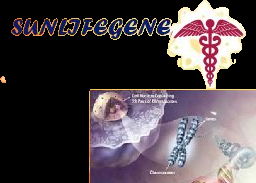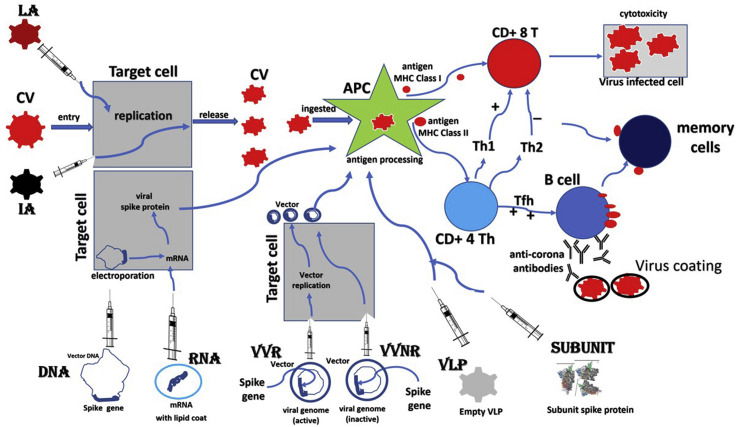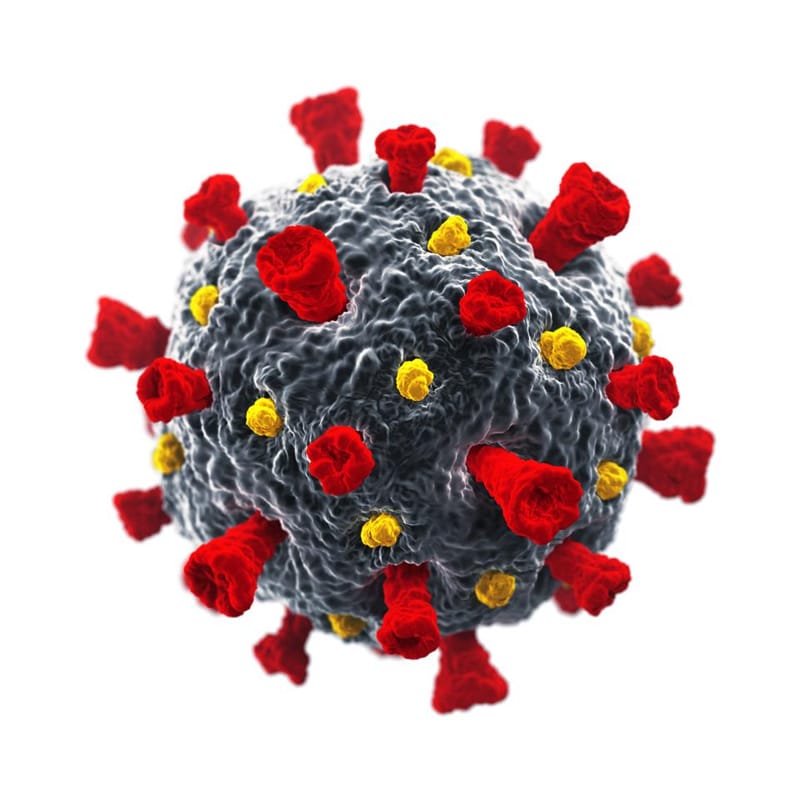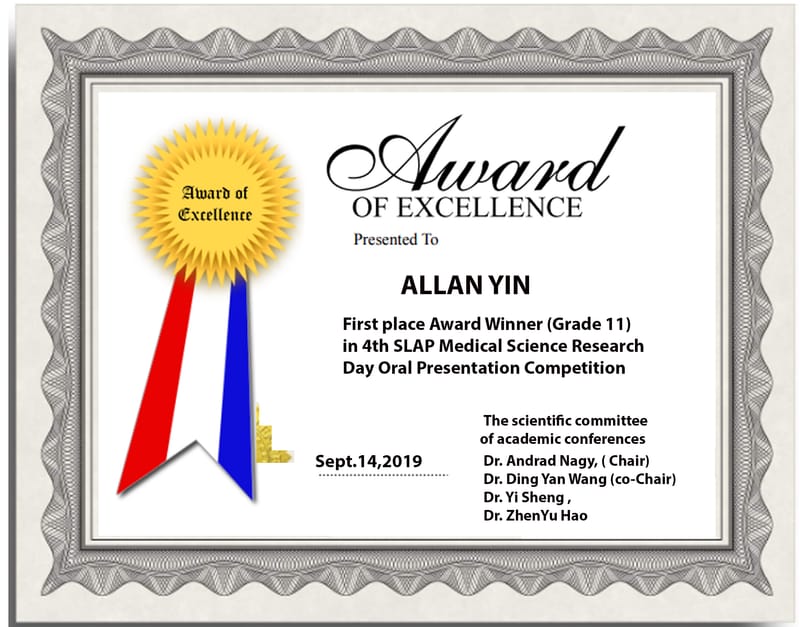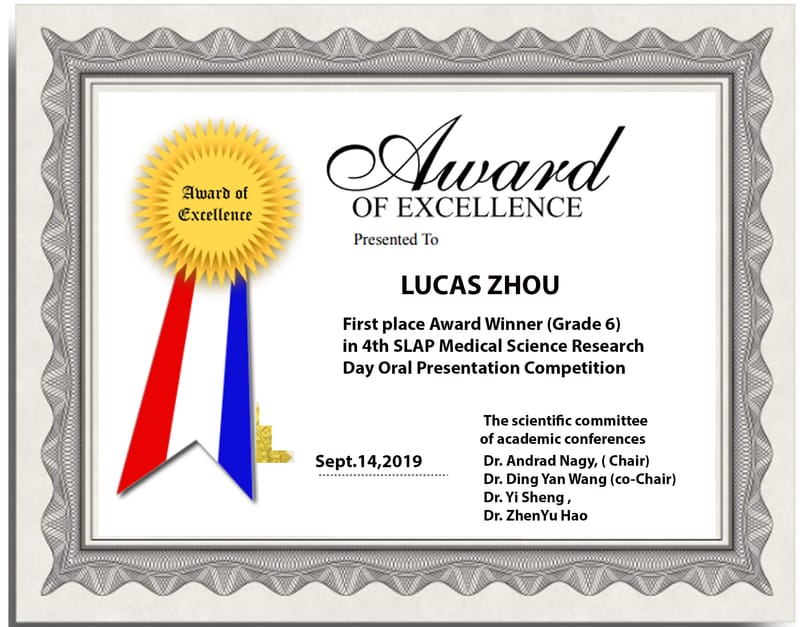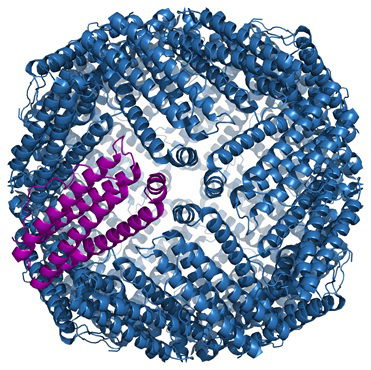journal of sun life gene medical science research ( volume 2, no.1 ,2022)
Abstract: Precision medicine (PM) is a new paradigm in disease diagnosis, prevention, and treatment that holds great relevance in the current coronavirus pandemic. PM can be used to select specific preventive measures and biomarkers that will be beneficial in the management of disease or other respiratory viruses. Knowledge on the pathophysiology of COVID-19 has improved substantially, regarding progression of the virus, the role of gene variants (ACE2 receptors, TMPRSS2, FURIN), the types of multiorgan impacts, and the function of cytokine response. Individuals infected with COVID-19 are seen to have numerous atypical presentations of the disease, meaning that similar treatments for a large group of people would likely serve as ineffective. As much as current COVID-19 treatments are being developed, present antiviral therapies including Remdecivir, lopinavir, ritonavir and hydroxychloroquine have all been seen to ineffectively lessen mortality or length of hospital stay. Therefore, a new approach in precision medicine is needed and currently realistic, with advancements in molecular sequencing, developments in imaging and easier access to detailed information in electronic health records. Single-cell RNA sequencing is an important technology for researchers to examine the effects of vaccinations, along with genome or transcriptome content at the level of individual cells. A precision medicine approach is preventive, predictive, personalized and participatory. The three main steps in PM includes looking at its pathophysiology, the prediction or diagnosis of the virus, and finally management for prevention or treatment. The aims of this review is to discuss the precision medicine approach in regards to SARS-CoV2, and the gene-centric vision for individualized gene-targeted fixes. Keywords: Precision medicine, Single-cell RNA sequencing
Read MoreAbstract: The common coronavirus family of single-stranded RNA viruses (+ssRNA) can be isolated in different animal species. However, unlike many of its family, SARS-CoV-2 is highly virulent and also lethal to certain age groups, causing its declaration as a pandemic by the World Health Organization in March 2020.1 This review of the SARS-CoV-2 is a compilation of research on its virology, proteins, effects on immunology with a highlight on alveolar macrophages, T cells and lymphopenia, pathology, and symptoms. Thus, when faced with SARS-CoV-2, patients who were immunocompromised prior to infection are most severely affected, as they have lowered T cell count. The T cells respond to the infection by releasing a “cytokine storm”, which has a debilitating effect on the lungs. Furthermore, long ICU stays lead to T Cell exhaustion, which reduces T Cell function, making risk of death higher. This exhaustion of T and B cells causes lymphopenia.2 However, for patients who were healthy prior to infection, several studies have shown that the CD4+ T cells were especially responsive to the viral spike glycoprotein, and almost all COVID-19 patients develop some degree of antibodies to SARS-CoV-2 as a result of T-cell activation. Few studies also suggest that a majority of the unexposed population already has TH and some Tc Cells that target SARS-CoV-2 proteins, including but not limited to, Spike proteins, Membrane proteins, and Nucleocapsid proteins.4,5 However, scientists still do not have a definitive answer to the paradox between recovering patients’ decreasing antibody count, and the few cases of reinfection. This review will attempt to find answers, by compiling internationally sourced research efforts. T Cell immunity may be the answer to the paradox between convalescing patients’ weekly decreasing antibody count, and the rare cases of reinfection. A hypothesis for the emergence of this T Cell immunity is that people who have been infected by less dangerous coronaviruses in the past still carry T cells that recognize particular protein regions that have similar homologies to the newer SARS-CoV-2. However, T Cell immunity is activated by alveolar macrophages, which are the first cells to be infected by SARS-CoV-2 due to their expression of ACE2 receptors on their cell surfaces. If macrophage function is inhibited, then few T helper cells will be activated, leading to low B cell activation and impaired adaptive immunity.
Read MoreAbstract: SARS-CoV-2 is a beta coronavirus that first emerged in January 2020, in China. Due to the incubation nature of the virus, the early diagnosis of infection has become increasingly important for the disease containment process. This review essay will examine the currently employed diagnostic technologies such as CRISPR, qRT-PCR, ddRT-PCR and isothermal amplification in close detail. The main focus of this review essay is on the latest diagnostic technologies, their operative principles, real-life application on COVID-19 and a comparison on the tests’ effectiveness and availability.
Read MoreThe coronavirus disease 2019 (COVID-19) outbreak was first reported in Wuhan, China in late 2019. Since its emergence, COVID-19 has spread to 188 countries and 25 territories around the globe despite elaborate efforts by WHO and Governments to contain the infection, primarily owing to the highly infectious nature of this virus. To date, over 30.6 million COVID-19 cases and 950 000 deaths have been reported to WHO (1). It is widely believed that pre-pandemic normalcy will never return until a safe and effective vaccine strategy becomes available and a global vaccination program is implemented successfully. Efforts on COVID-19 vaccines started very early on at the initial outbreak of novel coronavirus and spread worldwide as the disease was declared a pandemic by WHO. However, we will not have an effective COVID-19 vaccine before 2021 as per very optimistic estimates. This is because a successful COVID-19 vaccine will require a cautious validation of its efficacy and adverse reactivity as the target population includes high-risk individuals over the age of 60, particularly those with chronic co-morbid conditions, frontline healthcare workers and those involved in essential industries.
Read MoreAbstract: Sars-Cov-2 is a novel β-coronavirus that has emerged into our world in the winter of 2019. In order to prevent the spread of this pandemic, countries constantly need rapid testing tools to identify and treat outbreaks. This review essay will discuss the history of PCR technology, examine the CDC-approved qRT-PCR detection method, and demonstrate comparison with two CRISPR based assays based on effectiveness. Keywords: SARS-CoV-2, SARS-CoV-2 detection, PCR, Cas12, Cas13
Read MoreAbstract: The SARS-CoV-2 has been creating havoc around the world for almost fourteen months and is as problematic as ever. Up to this day, more than 82.5 million people are infected and 1.8 million killed. Despite its destructive force, there is currently no vaccine or treatment plan that can be widely used by the entire world at a relatively low cost. Remdesivir five-day treatment cost more than 3122 Canadian dollars and is inaccessible to civilians in third-world countries. Vaccines have the same issue as remdesivir-lack of inaccessibility and high cost. Therefore, a short-term cheap relief treatment that most civilians around the world can have access to has to be implemented. Vitamin D has become a possible option as statistics and researches have shown a strong correlation between vitamin D level and infection rate and severity of COVID-19. This paper will discuss the relationship between vitamin D and COVID-19 through 1)Function of vitamin D, 2)Population affected by vitamin D deficiency, 3)Vitamin D deficiency aggravating symptoms of COVID-19, 4)A statistical analysis over 4131 patients on their COVID-19 test results and vitamin D level, and finally 5) A discussion on vitamin D deficiency leading to an increase in COVID-19 infection rate. (1, 2, 3) Keywords: COVID-19, COVID-19 treatment, Vitamin D deficiency, SARS-CoV-2 Yuan Gao - Grade 10 Student at Bur Oak Secondary School Academic Program in Medical Science SLAP COVID 19 Research Program Supervisor/mentor: Dr. Allina Ding Wang (Sunlife Academic Program in Medical Science, Faculty of Medicine, University of Toronto) Jan 30,2021
Read MoreIntroduction Coronaviruses ( Coronaviridae ) are a group of related spherical, non-segmented RNA viruses that usually infect mammals and birds (Lau et al 2005). In humans, these viruses cause respiratory-tract infections that can range from mild (common cold caused by rhinovirus) to lethal such as 2002’s SARS and 2012’s MERS (Yin et al 2017). In December 2019, a new infectious respiratory disease emerged in Wuhan, Hubei province, China(Shi et al 2020). Shortly thereafter, a large cluster of cases suddenly appeared in the aforementioned location, where the cause was linked to a seafood market. Subsequently, human-to-human transmission occurred (Chan et al 2019) and the disease, now termed coronavirus disease 19 (COVID-19) rapidly spread within China and other countries. Specifically, coronaviruses may gain entrance into host cells through a process called membrane fusion, where the membranes of the virus and host cell fuse together allowing the cell to inject its own RNA (DTR 2020). Furthermore, in order for this process to work, the protein on the membrane of the virus, called the spike glycoprotein, must bind to a receptor on the host cell. In SARS-COV-2, the receptor was discovered to be the Angio-Tensin Converting Enzyme II (ACE2) (Lan et al 2020). As of June 20, 2020, a total of 8.75 million laboratory-confirmed cases are reported worldwide, including 463 000 deaths in 184 countries outside China. A novel coronavirus, SARS-coronavirus 2 (SARS-CoV-2), which was found to be closely related to SARS-CoV, was detected in patients and is believed to be the etiologic agent of the new lung disease COVID-19 (Zhu et al). This essentially means that since SARS-COV-2 is similar to SARS-COV structurally, treatment known to work against the latter may also work against the former.
Read MoreAbstract: The COVID-19 pandemic has struck nations across the world, infecting 82.6 million people worldwide, killing 1.8 million people as of December 31st, 2020 and impacting the daily lives of billions of people through public health measures and economic repercussions (1). The COVID-19 disease is caused by the SARS-COV-2 virus, an RNA virus that infects human cells, leading to fever, pneumonia, Acute Respiratory Distress Syndrome (ARDS) and potentially death for patients (2). Many quarantining, physical distancing and personal protection measures taken to combat the pandemic come at the cost of great disruption to economic and social activity. Therefore, developing and distributing a vaccine to counter SARS-COV-2, the virus that causes COVID-19, is instrumental in providing herd immunity to the world and allowing for a return to pre-pandemic life and business. RNA vaccines have emerged as some of the most promising candidates for providing large scale immunity to COVID-19 due to their efficacy, safety and ease of manufacture. The goal of this paper is to present the scientific concepts behind SARS-COV-2 vaccine research in an understandable manner. To do this, the paper will first describe the 1) biology of a virus, 2) the vaccine testing phases, 3) explain differences between the five major vaccine types, and finally 4) discuss the structure, production, advantages, and disadvantages of an exciting new technology: RNA vaccines. Keywords: RNA vaccines, SARS-COV-2 Vaccines, COVID-19, RNA virus
Read MoreI. BACKGROUND Coronavirus disease 2019 is an infectious disease caused by severe acute respiratory syndrome coronavirus 2 (SARS-CoV2) and is responsible for the COVID-19 pandemic. SARS-CoV2 is a novel severe acute respiratory syndrome coronavirus and was first detected and isolated from three individuals in Wuhan, China. The SARS-CoV2 is closely linked to the 2003 SARS-CoV and is currently thought to have zoonotic origin.
Read MoreWhat is SARS CoV2 and COVID19: What you need to know The coronavirus is a family of viruses, they have a range of different symptoms from the common cold to viral pneumonia. They circulate in animals and are then transmitted to humans. There are only 7 coronaviruses that are known to affect humans. In past years we have encountered other coronaviruses like SARS and MERS. Coronavirus disease 2019 (COVID19) is an infectious disease caused by severe acuterespiratory syndrome coronavirus 2 (SARS-CoV2) since December 2019.
Read MoreWhat is COVID-19? Coronavirus disease 2019 (COVID-19), is a respiratory disease that is caused by Sars-Cov-2, and was recently discovered in Wuhan, China. During December of 2019, patients with pneumonia started showing up at hospitals, with unknown causes. This virus can be spread from human to human, and its symptoms are coughing, difficulty breathing, sneezing, runny nose, and symptoms similar to the flu. To people with weaker immune systems or have a history of hospitalizations because of other problems such as cancer, this virus may even cause death. This virus has seriously harmed the world’s economy, forcing countries to shut down many of their schools, and businesses. On March 11th of 2020, the World Health Organization declared this new coronavirus as a pandemic.
Read More